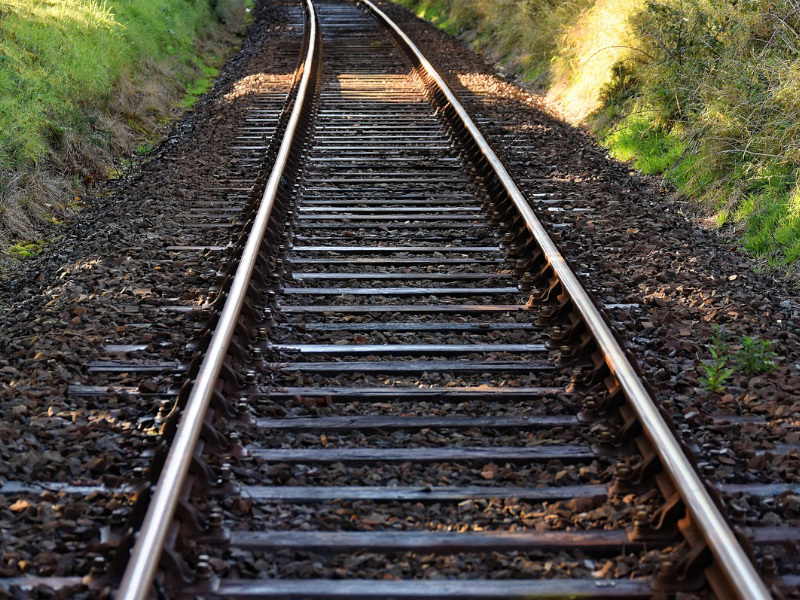Quick scan SCBA track doubling line 124
20080
From 2020 to 2022
TML conducted a quick scan SCBA to compare variants for the planned track doubling of line L124 and the construction of the F207 cycle highway, focusing on ecological and recreational improvements.
The L124 railway line is an important barrier to the ecological structure and to possible recreational connections for cyclists and walkers in the communes of Sint-Genesius-Rode and Linkebeek. The planned track doubling is an opportunity to eliminate these barriers as much as possible by building ecopassages and locally cutting and possibly softening part of the road infrastructure. In addition, it is an opportunity to integrate the construction of part of the F207 cycle highway (Waterloo-Brussels) into the planning and implementation of the doubling of the railway. This project included a social cost-benefit analysis (SCBA) of a number of project implementation variants.
None of the project variants produces a positive SCBA: the costs are very much higher than the social benefits. Investment and maintenance costs account for the largest share of costs. The social costs caused by longer travel times (due to detours) and emissions is relatively limited. The largest benefits appear to come from recreational effects due to softening. Here we do note that the valuation method for the fauna passages is not yet fully finalised and may lead to an underestimate.
Doubling the track and building the cycle highway are decided policy. However, some variants are still possible in project implementation, especially regarding the exact location of the cycle highway, the number and implementation of ecopassages, and the possible cutting and softening of certain streets. In this SCBA, we therefore focus on the differences in the variants and not on the rail doubling or construction of the cycle highway itself. The effects we included in the SCBA were
- the effect on road traffic (travel time and emissions) due to changes in circulations when cutting a number of roads,
- the effect on accidents for cyclists,
- the benefits of ecopassages,
- the recreational benefits when softening a number of local roads, and
- the visual nuisance if the railway line is (partly) constructed in a covered trench.
TML was in charge of the quick scan SCBA, Vectris and Landmax were in charge of the ecological landscape study L124 GEN railway and cycle highway. Our work and the ecological landscape study served as input for the choice between the different variants.


